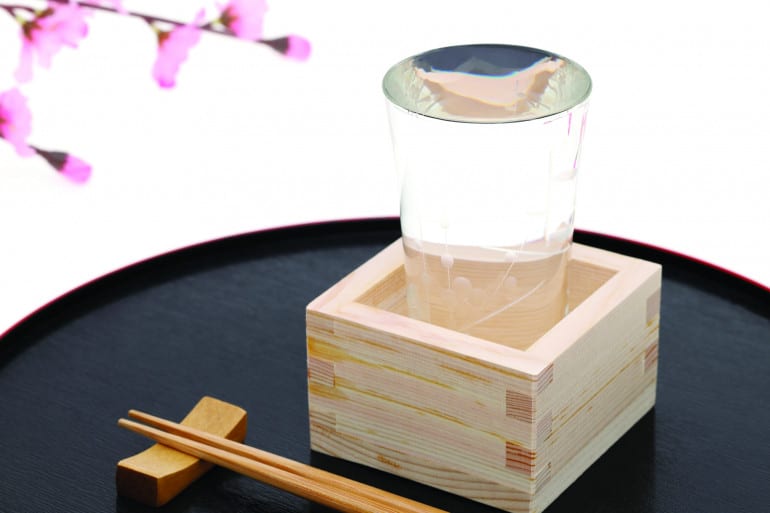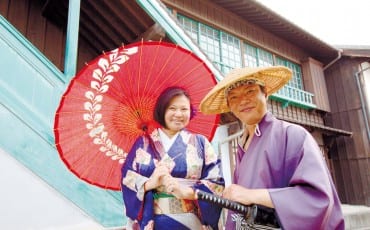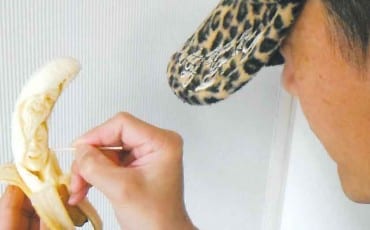Articles
Sake
Aug 1, 2019
Much ado about MASU
These wooden cups can tell us plenty about Japanese sake culture and history.
From its humble beginnings as a standard measurement for rice and sake, masu has survived the test of time to become a common receptacle in which sake is served — all while bringing out the flavours of sake and embodying the spirited traditions of Japanese hospitality.

Masu has its roots in feudal Japan, when its volume of 180 millilitres was used to measure a portion of rice or sake. While modern living has made its initial function redundant, the traditional symbolism and qualities associated with masu remain a cornerstone of sake-drinking in Japan, so much so that it is commonly used on special occasions such as births, anniversaries and weddings.
Originally made from Japanese cedar, most masu cups today are made from Japanese cypress as it has a more vibrant colour and better aroma. The delicate scent of the cypress also brings out the flavour of sake, which is traditionally brewed in wooden casks.
To further illuminate the umami of the sake, a pinch of salt is sometimes added to the side of the masu cup. Sake contains varying degrees of sweetness, sourness or bitterness. Adding a touch of salt helps to improve the balance of each inherent flavour, complemented by the gentle aroma of the masu wood.
It also serves a more functional purpose that izakaya have cleverly leveraged: Salt makes you thirsty, which means you are also more likely to drink more! And if you are wondering how to drink from a square cup, sip from the straight side of the rim. Sipping from the corner is a common mistake!
Cup runneth over
At some Japanese restaurants and izakaya, masu is also served in a popular “mokkiri sake” serving activity. Sake is slowly poured into a small glass, which has been placed inside a masu cup, until it overflows and spills into the wooden cup. This style of service is meant to show the izakaya’s generosity, although it is not considered to be traditional or refined.
While drinking from the masu cup is a fun way to enjoy your sake at casual occasions, it also affords a more formal aspect of Japanese culture. Masu is traditionally served at celebratory events during a traditional sake barrel ceremony called kagami biraki, which symbolises harmony and good fortune. A wooden sake barrel is broken open with a wooden mallet and guests are served this fresh sake in new masu cups.
Another widespread masu rite is done before a toast. Masu cups are stacked in the form of a pyramid, with one cup for each guest. The host pours a bottle of sake over the top of the masu pyramid, starting with the first cup and continuing until the cups at the bottom are filled with sake. Think of it as a Champagne tower, but with masu cups and sake instead. The cascading flow of sake represents the host’s appreciation for his guests’ friendship and overflowing hospitality.
The masu may be humble in appearance, but contains much more within it: The pleasant enjoyment of a well-brewed sake, the company of friends and the warmth of Japanese hospitality.
How to drink mokkiri sake at celebrations
1. Always start with the glass, not the wooden masu cup.
2. If your glass is full, lower your head and sip directly from the glass, keeping the glass and masu cup on the table.
3. Alternatively, tilt the glass so that sake spills into the masu. Lift the glass from the masu and drink from the glass.
4. Drink the sake from the masu or pour its sake into the glass if you prefer.
5. For top-ups, pour into the glass or the masu, depending on your preference.
(TEXT MABEL LEE )








